
It's expected to take the city two more days to clear all 425 kilometres of sidewalks and walkways in Greater Sudbury, after a record 33-centimetre snowfall Tuesday.
"They're making good progress," said City of Greater Sudbury spokesperson Shannon Dowling.
Tony Cecutti, the city's general manager of infrastructure, said the focus on clearing Greater Sudbury's 3,560-kilometre municipal road network within 24 hours slowed down efforts to clean up sidewalks and walkways.
"Unfortunately, we've filled in some of the sidewalks with our own plows," he said.
The city plowed all streets and roadways by 4 a.m. Wednesday, and proceeded with second passes throughout the rest of the day.
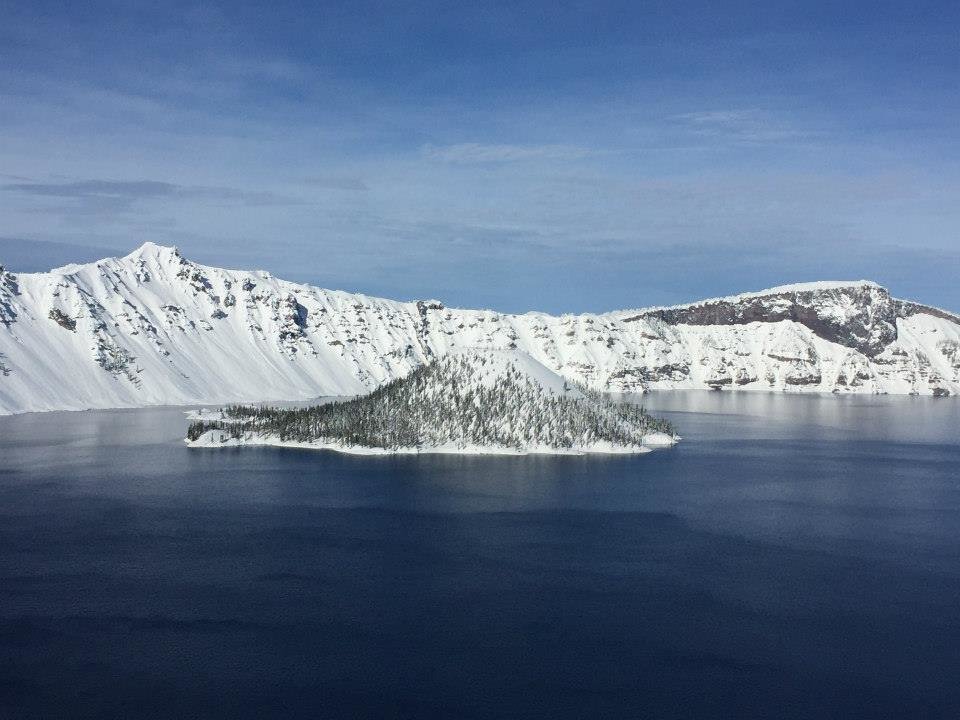
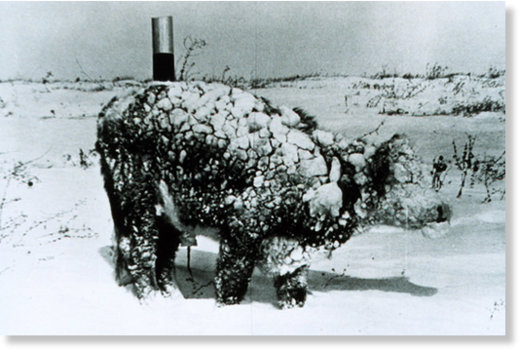
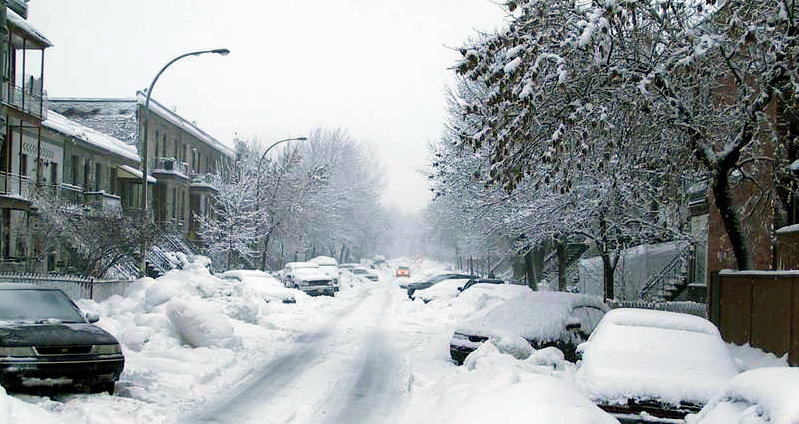
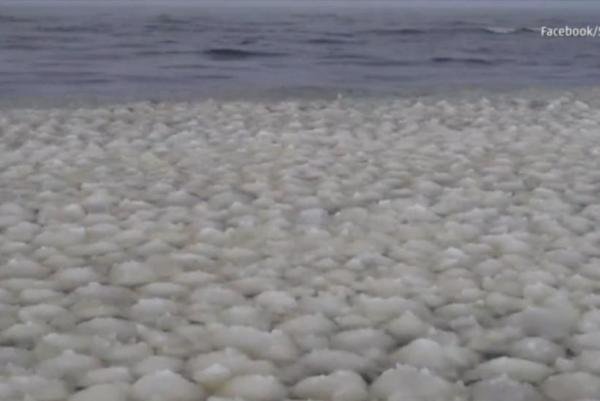
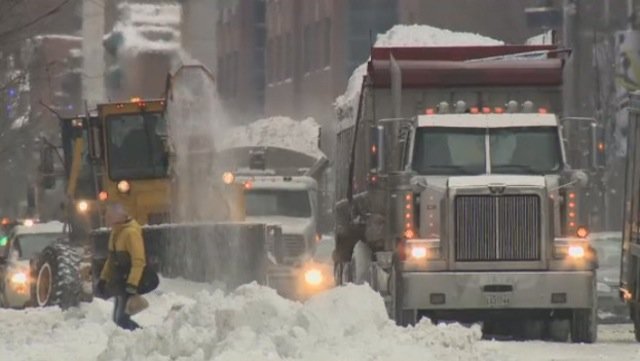
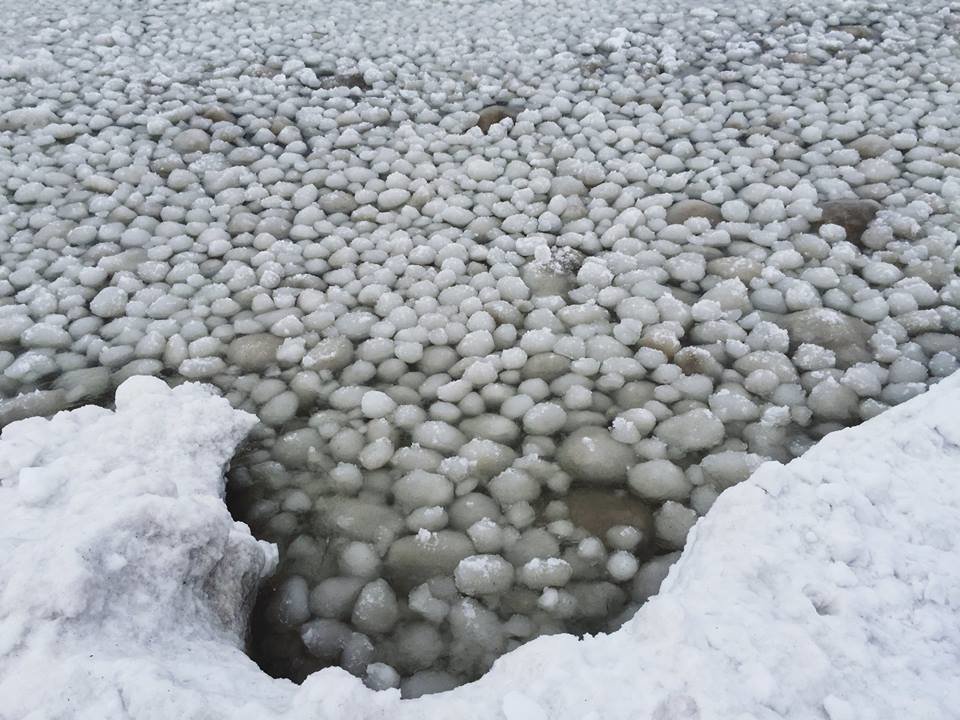

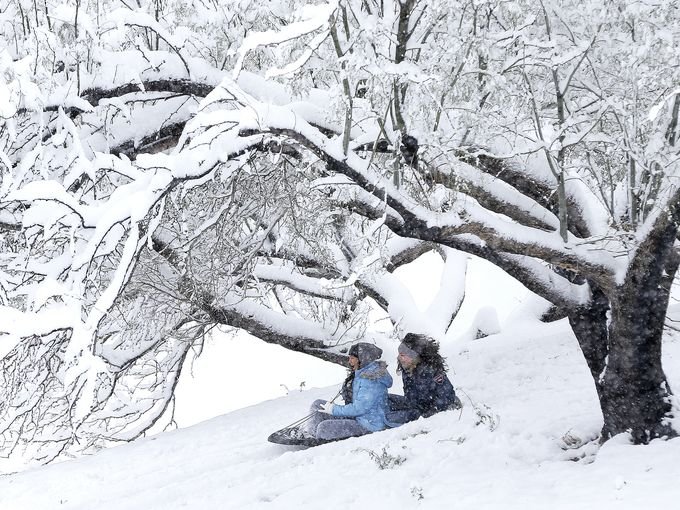



Comment: See also: Ice balls form on Lake Michigan along the shoreline near Traverse City